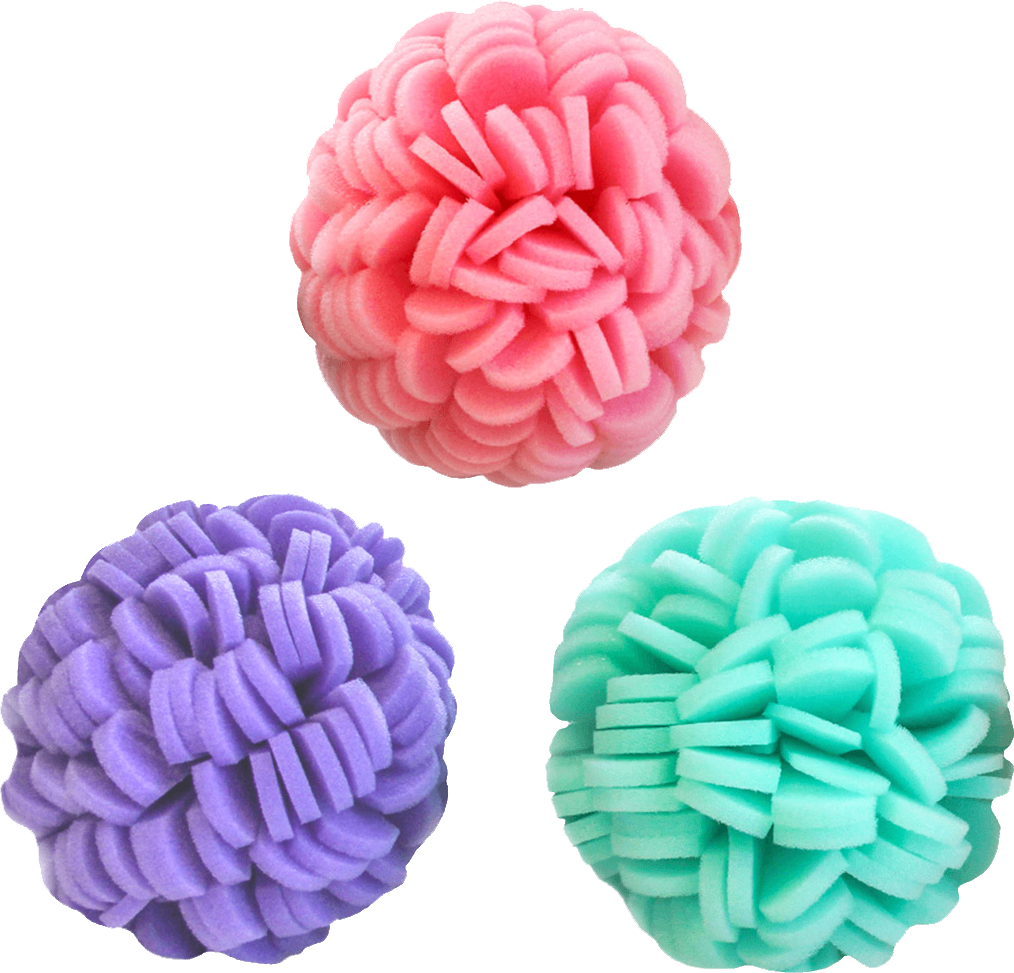Do a quick search online and you will come up with hundreds of recipes for homemade exfoliating scrubs, or recommendations for the best exfoliating serums. However, just because an exfoliating cream is backed with great active ingredients like salicylic acids and AHA’s doesn’t mean that it can neutralize the bad ingredients that may be lurking in their as well. Plastic microbeads, nut shells and seed fragments, and sea salt are ingredients commonly found in both homemade and commercial exfoliating serums that may be doing your skin more harm than good. Check out below to find out why you should ditch these harmful ingredients as soon as possible.
Nut shells and Seed Fragments
Shards of nut shells and fruit seeds often seem like a safe (and natural!) way to exfoliate the skin, especially for those who like a more hardy or abrasive scrub. However, as with many other skin care ingredients, “natural” does not equate with “safe and effective”. Most of the nut shells and seed shards that you will find in exfoliating creams are very sharp, and create tiny tears in the skin that not only can become inflamed and irritated, but also injure one’s pores (Dr. Frank Lipman) . Ground nut shells are usually safe for the skin, since they do not have a sharp edge that could damage the skin (Cosmeceuticals: Procedures in Cosmetic Dermatology Series)
Plastic Microbeads
Plastic microbeads seems to solve the problem of nut shells and seed – they aren’t sharp and since they are made of synthetic products, so they may be less agitating to the skin than natural oils and fragrances. But there’s a catch: plastic microbeads are a significant source of environmental pollution, so much so that many companies are removing them from their formulations (EcoWatch). While some microbeads may become caught in sewage sludge, a surprising amount of microbeads from beauty products end up in oceans, lakes, and rivers. A journal published in Environmental Science and Technology found that microplastic population (including microbeads and plastic clothing fibers) polluted the shores and continents of six of the seven continents. A 2013 study from the Marine Pollution Bulletin found that the Great Lakes were heavily polluted with microplastics and microbeads, with Lake Erie suffering from about 90% of the pollution. It was also noted that most samples were more polluted than those taken from oceans, showing just how easily our waters can be contaminated by tiny plastic exfoliating beads (Marine Pollution Bulletin, EcoWatch)
Although most research is currently underway, several recent studies have found that microbeads (and microplastic in general) can promote bacterial colonization, whereas microplastics have also been found in water treatment plants and the stomachs of some aquatic creatures. Some scientists theorize that the microplastics in the water and seafood that we eat may in introduce toxic chemicals into both human and animal diets. However, it is still under debate as to whether plastics ingested by animals in the food chain could every absorb enough toxic chemicals and bacteria to prove fatal to their predators (Minnesota Pollution Control Agency, Environmental Science and Technology) . Nevertheless, considering that microplastics such as microbeads account for about 10% of ingested marine debris and plastic has never been renowned for being nutritious, we should also consider using non-microbeads containing exfoliators, especially when there are already so many awesome alternatives on the market (Marine Pollution Bulletin)
Sea Salt
Sea salt is one of the most popular components for DIY exfoliating scrubs, but it may not be the best ingredient for exfoliating. Sea salt usually has sharp and jagged edges that can claw at your pores, just like nut shells and seed shards. While ingested salt can make us become bloated with water, topically-applied salt can actually deprive your skin of moisture. While a study from the Clinic of Dermatology and Venerology found that topical applications of sea silt and sea salt decreased signs of oxidative stress and skin redness, sea salt is too drying and rough for use on the face (Livestrong, Dr. Karen S. Lee). If you wish to use a sea salt scrub on the body, then we suggest consulting with your dermatologist first to see if the brand of sea salt that you wish to use may too jagged even for hardened and roughed skin on the body. If you use a sea-salt containing scrub on the body, we suggest following up with a moisturizer containing ultra-hydrating ingredients like jojoba oil and olive oil.
Why You Should Use the ViaBuff Exfoliating Puff
If you still need a nice bit of “scrub” when exfoliating your skin, we suggest using one of the ViaBuff Exfoliating Puffs, which are designed in four different strengths so as to meet your skin’s needs – oily, dry, prone to ingrown hairs, etc. The ViaBuff Puffs’ cell structure also enables them to dry quickly and thereby reduce the likelihood of bacterial colonization. Made of ultra-durable polyurethane, these puffs last up for up to three months’ of use – three times that of your standard exfoliating puffs and loofahs.
Bottom Line
Most abrasive agents in exfoliating serums can actually make micro tears in the skin and deprive it of much-need moisture. Microbeads, commonly found in exfoliating serums, are a major source of environmental pollution and can be easily replaced by micro-encapsulated beads that can dissolve in water. If you are still looking for some “scrubbiness” when exfoliating, then we suggest using one of our ViaBuff Exfoliating Puffs, which are designed in four different strengths to meet your skin’s needs and offer a thorough exfoliating experience, without damaging the healthy and vibrant skin that is just waiting to show itself to the world.







